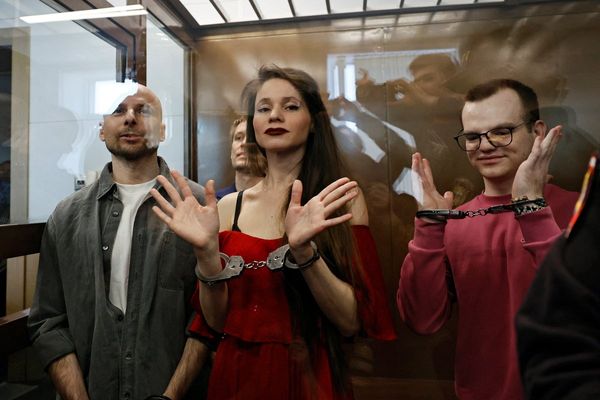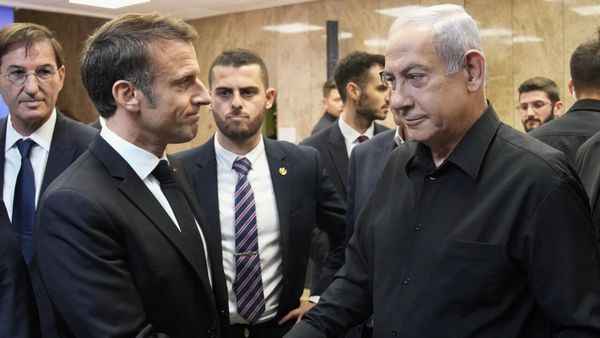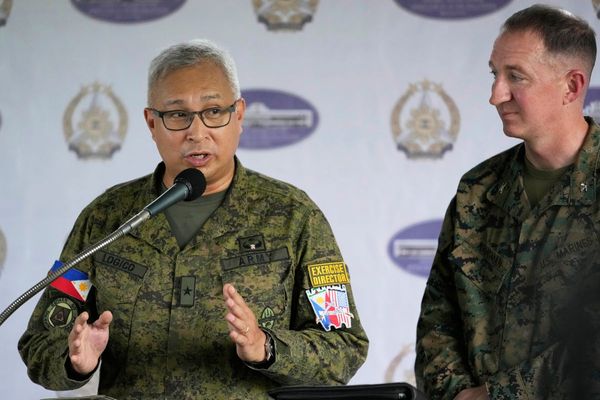
NDA candidate Droupadi Murmu have a clear edge over Opposition's Yashwant Sinha as over 60 per cent votes are expected to be cast in her favour.
The polling will take place in Parliament House and state legislative assemblies for which ballot boxes have already reached their destinations.
The counting of votes will take place at Parliament House on 21 July and the next President will take oath on 25 July. The current President Ram Nath Kovind's term will come to an end on 24 July.
After getting the support of some regional parties like BJD, YSR-CP, BSP, AIADMK, TDP, JDS, Shiromani Akali Dal and Shiv Sena, the vote share of Droupadi Murmu has already crossed 60 per cent. She now has over 6.67 lakh votes after the support of various regional parties, out of a total of 10,86,431 votes.
If chosen to power, the former Odisha minister Droupadi Murmu will be the first tribal President of India and the country's second female President.
Meanwhile, Rashtriya Janata Dal leader Tejashwi Yadav, while referring to Murmu and comparing with Opposition's candidate Yashwant Sinha, said that polls will be held for the election of the President and not to install "any statue" in Rashtrapati Bhavan. "We don't want any statue in Rashtrapati Bhavan, we are electing the President. You must have always heard Yashwant Sinha but we have never heard the voice of the presidential candidate(Droupadi Murmu) of the ruling party," the RJD leader said on Saturday. Further asking media persons, Tejashwi said, "neither they nor the media have ever heard Murmu."
The electoral college which elects the president through the system of proportional representation comprises elected MPs and members of state legislative assemblies. Nominated MPs and MLAs, and members of legislative councils are not entitled to vote in this election.
The value of the vote of a member of Parliament has gone down to 700 from 708 in this presidential poll due to the absence of a legislative assembly in Jammu and Kashmir.
In states, the value of vote of each MLA varies in different states. In Uttar Pradesh, the value of vote of each MLA stands at 208, followed by 176 in Jharkhand and Tamil Nadu. In Maharashtra, it is 175. In Sikkim, the value of vote per MLA is seven, while it is nine in Nagaland and eight in Mizoram.
Before naming Sinha, a former Union minister and a BJP leader, the opposition camp had approached Gopalkrishna Gandhi, grandson of Mahatma Gandhi and a former governor of West Bengal, NCP supremo Sharad Pawar and National Conference leader Farooq Abdullah to contest the poll.
After their refusal to be part of the electoral battle, Sinha, then the Trinamool Congress vice president, was named as the opposition's candidate.
The election of the President is held in accordance with the system of proportional representation by means of single transferable vote.
In accordance with the system of proportional representation by means of single transferable vote, every elector can mark as many preferences, as there are candidates contesting the election.
These preferences for the candidates are to be marked by the elector, by placing the figures 1,2,3, 4, 5 and so on, against the names of the candidates, in the order of preference, in the space provided in column 2 of the ballot paper.
This is the reason why electronic voting machines are not used in this as well as vice presidential, Rajya Sabha and legislative council polls. The EVMs are based on a technology where they work as aggregator of votes in direct elections such as the Lok Sabha and state assemblies.
According to Election Commission's directions, while MPs will get a green-coloured ballot paper, the MLAs will get a pink ballot paper to cast vote. Separate colours help the returning officer ascertain the value of vote of each MLA and MP.
Seeking to maintain secrecy of voting, the EC has issued a specially designed pen with violet ink to enable voters mark their ballot papers in the presidential poll.
(With inputs from PTI)







